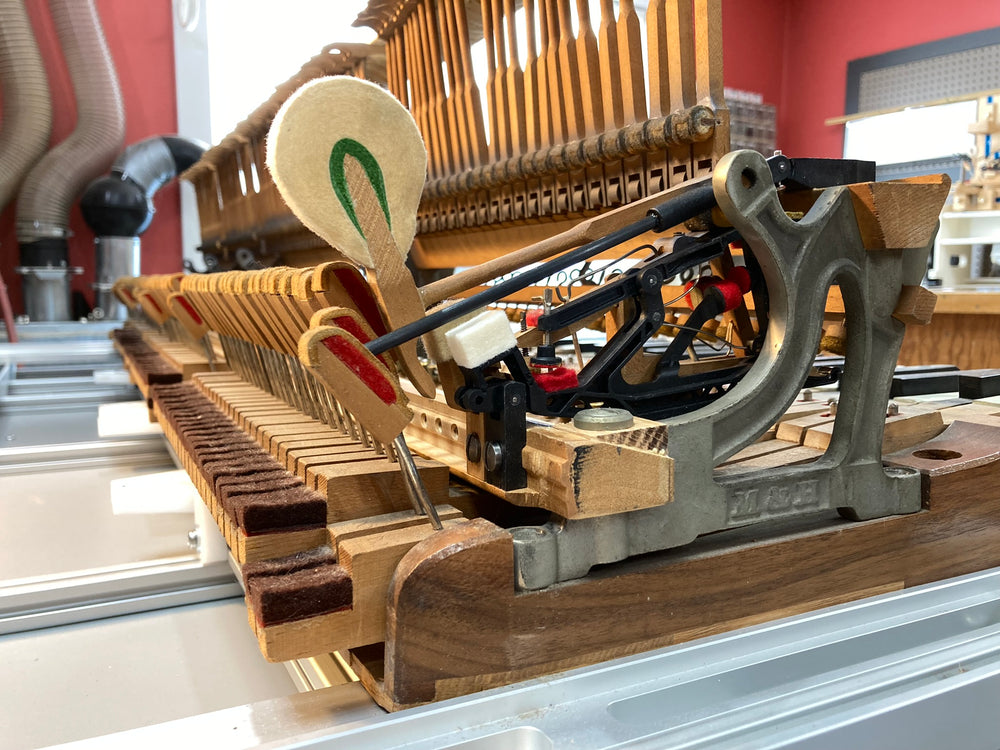Wippen rest cushion (or alternative rest rail) assists return-from-strike reset of hammer, key, and wippen by limiting downward travel of shank and bouncing it back into position. Maintaining about a shank's diameter of clearance between cushion and shank assures hammer weight is fully supported by jack and repetition lever with a little leeway for future settling of materials. When shank comes to rest on "rest" cushion, lost motion (or at least lost bearing) loosens wippen-to-knuckle linkage, reducing aftertouch and eroding key height, hammer rise, and backchecking. So keeping shanks off cushions is a starting point. But cushions also function as stops, preventing shanks and tails from tapping or jamming and rear hammer shoulders from bumping on backchecks.
